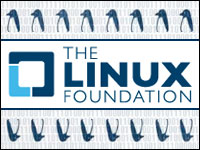
While not quite at the level of a parting of the waters, the news that Microsoft has joined The Linux Foundation may seem miraculous to those aware of the past enmity between the company and the open source community.
Microsoft has joined The Linux Foundation as a platinum member, it announced Wednesday at its Microsoft Connect conference in New York.
Google has joined the .Net foundation, Scott Guthrie, executive vice president of Microsoft Cloud and Enterprise, also told attendees. Further, Microsoft and Samsung Electronics have joined forces to allow .NET developers build apps for millions of Samsung devices.
The first demo during the Connect conference was with Visual Studio Code, which has attracted more than 1 million developers, Guthrie said — a sign of how the company has embraced open source.
The number of people who created their first GitHub repository has doubled in the past year from 5,000 to 10,000 per day, GitHub CEO Chris Wanstrath told attendees.
“More and more, we’re seeing not just pure open source companies, but companies that have either not embraced open source in the past or sort of done it here and there, really fully embracing open source, particularly the developer communities,” he said.
Microsoft over the past two years has transformed the way it uses open source with the launch of .Net, he said, showing data indicating that Microsoft was the No. 1 company with contributors on GitHub, at 16,419.
Shock and Skepticism
Linux Foundation Executive Director Jim Zemlin told Guthrie on the conference stage that when he told a few people in advance that he would be announcing the move, they responded, “What’s the catch?”
The foundation and Microsoft have had disagreements in the past, Zemlin acknowledged, but with the growing importance of mobile and cloud, there is “too much software to be written for one organization or individual to write it by themselves,” he said.
John Gossman, architect of the Microsoft Azure team, will join The Linux Foundation’s board of directors.
Microsoft previewed several new products that show their capabilities across multiple platforms, including SQL Server on Linux, Visual Studio for Mac, Azure App Service on Linux with support for containers, Visual Studio Mobile Center, Visual Studio 2017, and Azure Data Lake Services, which allows developers and data scientists to store petabyte-size files.
“From what we see, Microsoft continues to recognize the importance of Linux and other open source technologies in the marketplace,” observed Mike Ferris, vice president of business development and architecture at Red Hat.
“Microsoft has been progressing towards putting more and more of its platform software in open source,” said Al Hilwa, program director for software development research at IDC.
“I think putting software in open source is the first step, but to get the true benefits of the process, you have to engage community and recruit contribution,” he told LinuxInsider.
The move also reflects the work done by The Linux Foundation to include other prominent open source projects and communities, ranging from Cloud Foundry to Cloud Native Computing Foundation, node.js and Open Container Initiative, 451 Research Principal Analyst Jay Lyman told LinuxInsider.
The bad blood between Microsoft and Linux ran deep for many years, as the company viewed open source as a threat to its Windows operating system dominance.
Samsung Mobile
Samsung announced a new collaboration with Microsoft on open source projects, including .Net core and Xamarin.Forms, to enable .Net support for Tizen, the company’s Linux-based open source operating system for more than 50 million Samsung devices.
Samsung released a preview of Visual Studio Tools for Tizen, which will allow developers to build applications for a variety of Samsung devices, ranging from smartphones to smart TVs, wearables like the Gear S3, and IoT devices.
The preview supports development for mobile apps, Samsung said, through device emulators and an extension to Visual Studio with full IntelliSense and debugging capabilities. Tizen’s .Net support will become available for all devices in 2017.



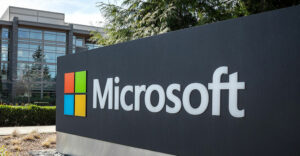

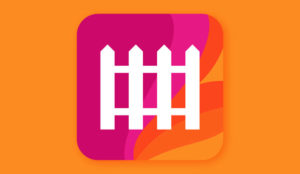
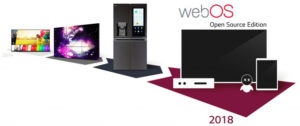

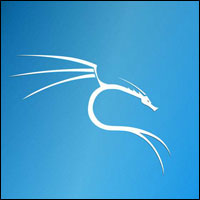

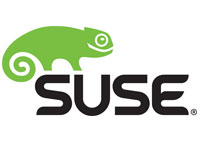










































Maybe Microsoft has learned some lessons and is actually changing it’s corporate culture? One of the greatest weaknesses of Windows 10 as a content delivery platform, which is what Microsoft is attempting to turn Windows into, is a lack of content. Embracing the open source content creation model could be seen to be brilliant, but in my opinion it is Microsoft’s only chance to successfully compete with Google and Apple. We’ll check back in five years and see whether this new strategy is successful.
I would not be surprised if at some point Microsoft embraces Linux with it’s own distribution. Linux runs on a lot of hardware these days. Not a lot of it the desktop, but in some markets like education Linux has become a option with schools. It’s an inexpensive way to upgrade older hardware with a new OS that doesn’t require expensive licensing. I think Microsoft has begun to ask themselves, if Linux is possibly a option to replace Windows down the road. After all Microsoft already has said Windows 10 is it, which to some simply means a refresh every six months or so. But some like myself are now asking if it means in a few years maybe Windows will be no more.